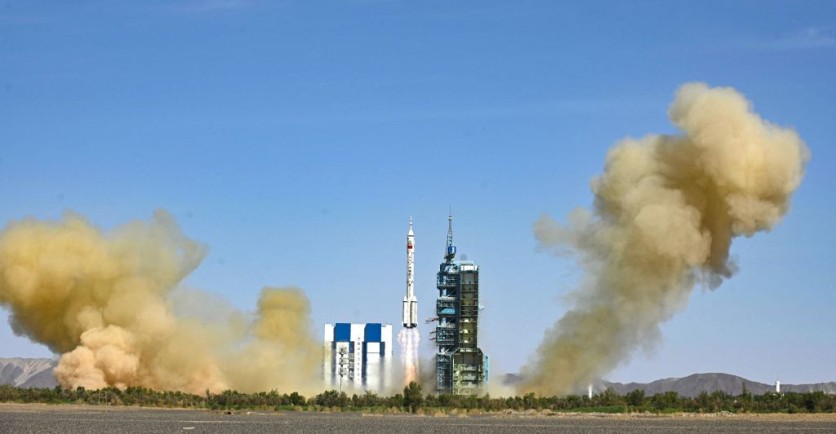A debris cloud of about 350 fragments from a Chinese rocket that deployed the Yunhai 3 satellite in November is currently in orbit, according to a report by Space.com.
On November 11, a Long March 6A rocket launched from Taiyuan, north China, successfully placing the Yunhai 3 environmental monitoring satellite into its targeted orbit.
However, a breakup incident involving the rocket's upper stage appears to have occurred after the launch.
The 18th Space Defense Squadron (18 SDS) of the US Space Force said that it was detecting around 50 distinct pieces of rocket body debris in orbit on November 12.

Debris Cloud
According to ongoing tracking from 18 SDS, a space domain awareness company, the debris cloud has increased to 350 particles connected to the rocket stage.
The Space Debris Office of the European Space Agency (ESA) in Darmstadt, Germany, reports more than 630 breakups and other unusual events in orbit have produced space junk so far.
Last month, a huge chunk of Chinese space debris was expected to return to Earth which came from the core stage of a Long March 5B rocket after China deployed its third and last module for China's Tiangong space station.
Over 500,000 bits of space trash between 1 cm and 10 cm in diameter and about 25,000 objects larger than 10 cm are estimated to be in orbit, according to NASA. These space junk have a maximum speed in orbit of 33,000 mph, which is faster than a bullet.
30,000 objects greater than 4 inches (10 cm) in size are currently under the supervision of the US Global Surveillance Network in Earth orbit. Additionally, one million particles are currently orbiting the Earth at a speed of 0.4 inches (1 cm), according to the ESA.
Read Also : FCC New Rules Require Satellites To Be Deorbited Within 5 Years of Completion to Avoid Space Junk Risks
Can Space Junk Kill a Person?
A study found that humanity will be minimally yet significantly impacted by space debris returning to Earth during the next ten years. Southern latitudes are also more likely to be impacted by space junk compared to the northern ones.
The analysis discovered that the probability of rocket debris crashing is roughly three times higher at the latitudes of Dhaka, Bangladesh; Jakarta, Indonesia; or Lagos, Nigeria compared to New York, Moscow, and Beijing.
The authors also assessed the "casualty expectation" for human life in danger from uncontrolled rocket reentries during the next ten years.
They found that there is a 10% chance that space junk will fatally hit someone on our planet. But they also noted that this is still a conservative estimate.
Related Article : [Do You Know?] There's A 10% Chance Of Space Junk Killing Someone, Especially in the Global South





